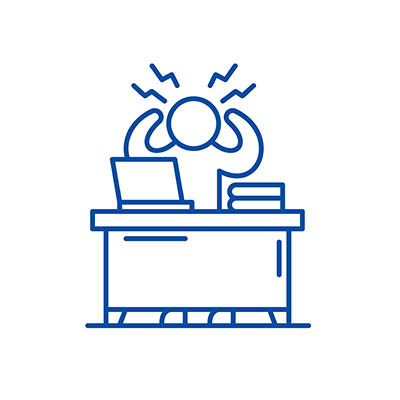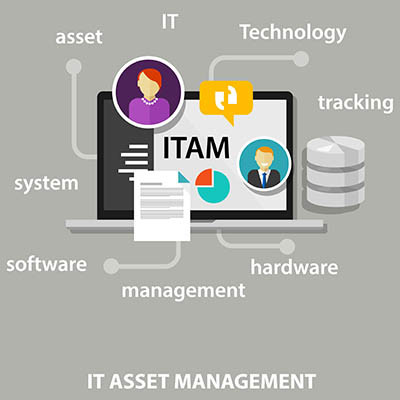With the holiday season just around the corner, you’ll be spending a lot of time on the Internet trying to find the perfect gifts for the loved ones in your life… but do you actually know how to find exactly what you’re looking for? Today, we want to give you a holiday gift in the form of a guide on how to make the most of Google’s search functionality.
Datalyst Blog
Most of us have at least heard that an ounce of prevention is worth a pound of cure. In other words, proactivity is pretty much always the better strategy. Despite this, we’ve observed that many businesses still avoid investing in their IT until something breaks—the exact opposite of proactivity—and wind up losing in terms of downtime, recovery time, and reputation, along with the financial implications these factors introduce.
This is precisely why we’ve designed our services to serve as preventative measures against the root causes of downtime, helping you be more proactive and reduce overall costs.
How much control do you really have over your IT assets? Oftentimes, businesses will consider other priorities, like sales, operations, and customer service, before they focus on IT systems and resources. The problem with this is that it creates a significant burden for your business, both in terms of the hidden financial drains and serious security vulnerabilities that undermine your business’ stability.
Building a gingerbread house is a perennial tradition in many, many households. Those with experience know that precise, careful preparation leads to a successful, long-lasting final product, while rushing and cutting corners usually leave you with a crumbling, fragile mess.
Much of the same can be said of your business’ data. This essential operational resource is terrifyingly susceptible to a litany of threats and issues that could easily bring your processes tumbling down… hence, why the 3-2-1 Backup Rule is a core element of successful business continuity.
Let’s take a moment to consider the recipe for a reliable, disaster-proof backup, and how it aligns with the process of making a gingerbread house.
Technology works wonders for business, but it also enables other organizations, like law enforcement. We aren’t here to argue ethics, but we would like to touch on some of the technology that certain agencies are using in the execution of their jobs. Specifically, we want to highlight the issues involving the very sophisticated AI and data-mining platforms, such as those developed by Palantir.





